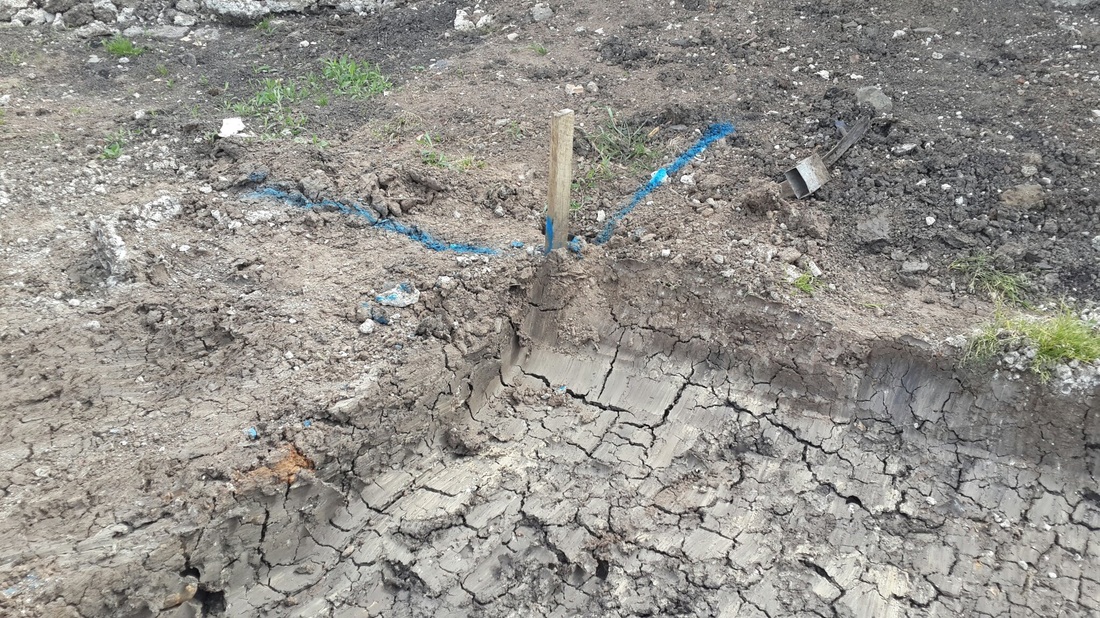

So if you have seen signs of them in your yard, don’t panic! It’s a good thing (as long as you’re not entering your lawn in any beauty contests).

Like their brethren, ground bees collect pollen and nectar, making them excellent pollinators. Looks pretty bad, doesn’t it? Thankfully, these holes are quickly vacated and our lawn is on its way to making a full recovery. Holes created in our yard by Ground Bees. Sometimes a dozen or more holes can be found in a relatively small area of your yard, easy to identify thanks to the conical pile of dirt that collects around their tiny excavation. Each female builds its own nest and although ground bees are largely solitary, they do tend to dig holes ear one another. Signs of them begin appearing in the earliest weeks of spring and may look a little alarming. Like robins, ground bees are a sign that spring is coming. Unlike many of their cousins, like the hyper-social honey bee, which builds and lives in hives of up to 60,000 bees, ground bees are much more solitary. Instead of piles of sawdust, it’s piles of dirt. Like, carpenter bees, ground bees leave an unmistakable sign of their presence. Actually, they were impossible not to notice.
#UNDERGROUND BEE HIVE HOW TO#
How to tell if you have ground bees? As we learned, it was pretty easy. There are many different types of bees that burrow but they all share some common traits – specifically, the fact that they dig little holes in your lawn.

Ground bees (aka underground bees, aka digger bees) are, as the name implies bees that live underground.


 0 kommentar(er)
0 kommentar(er)
